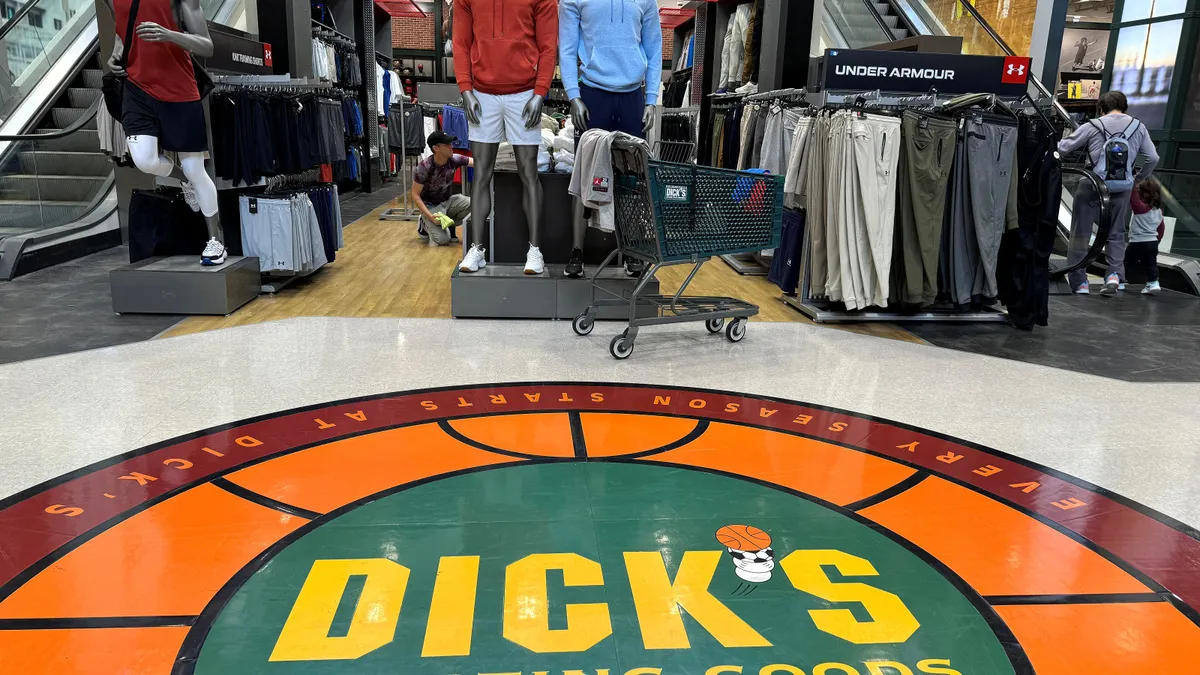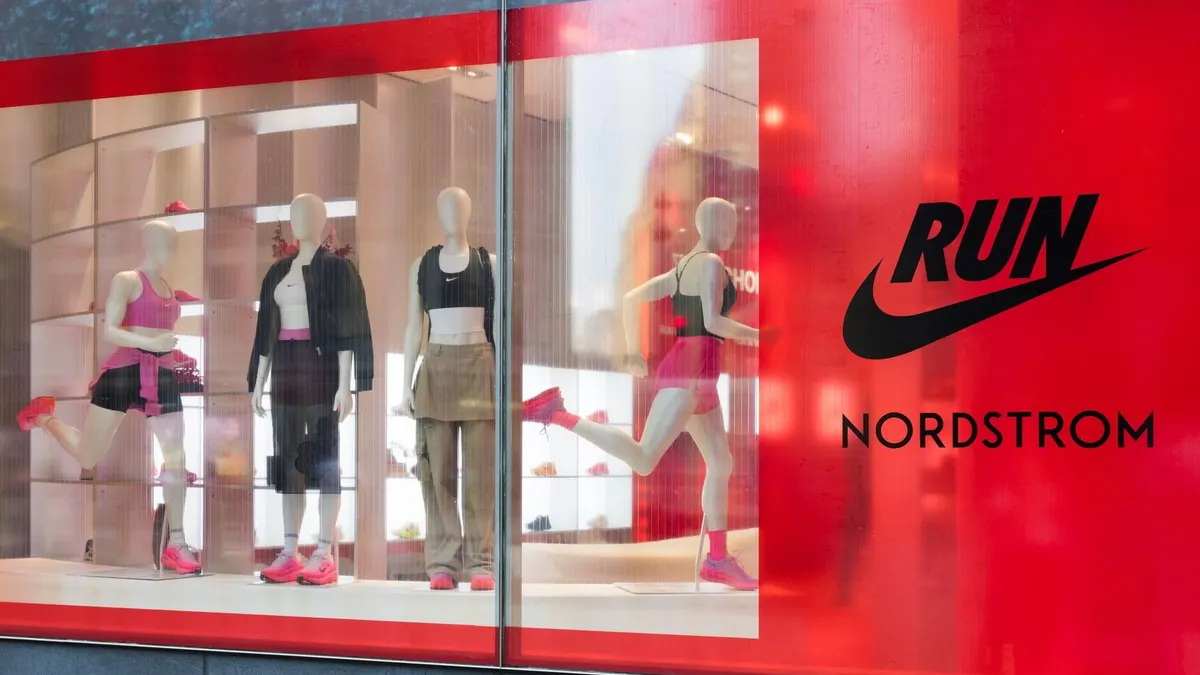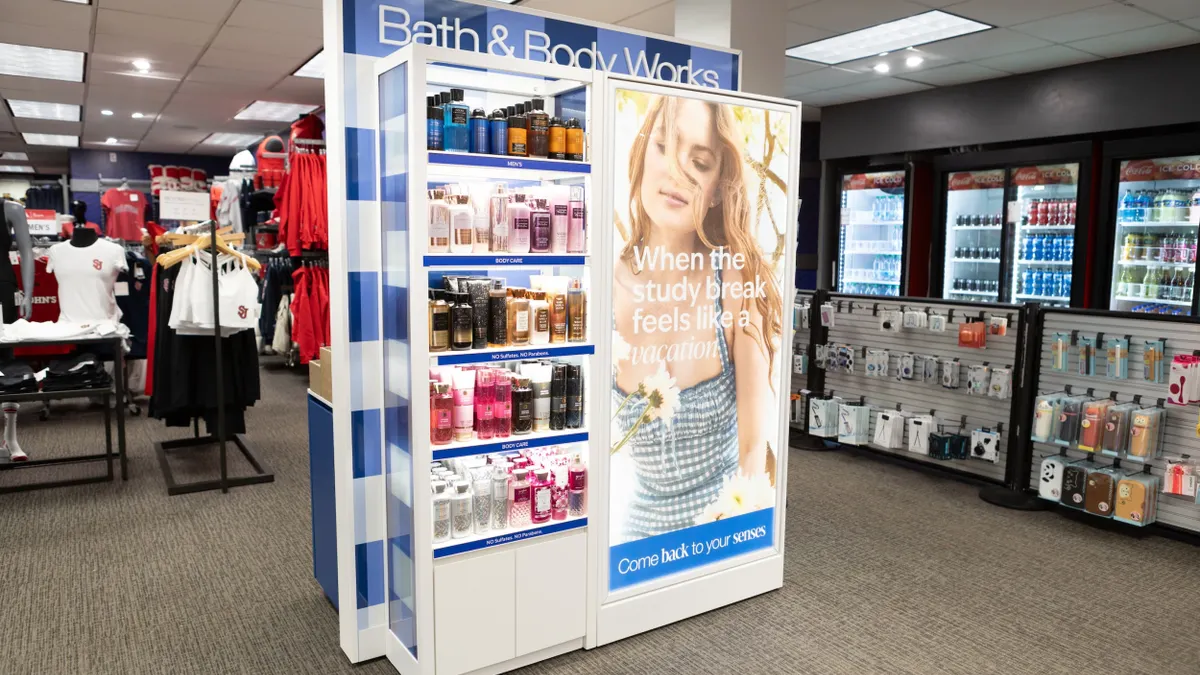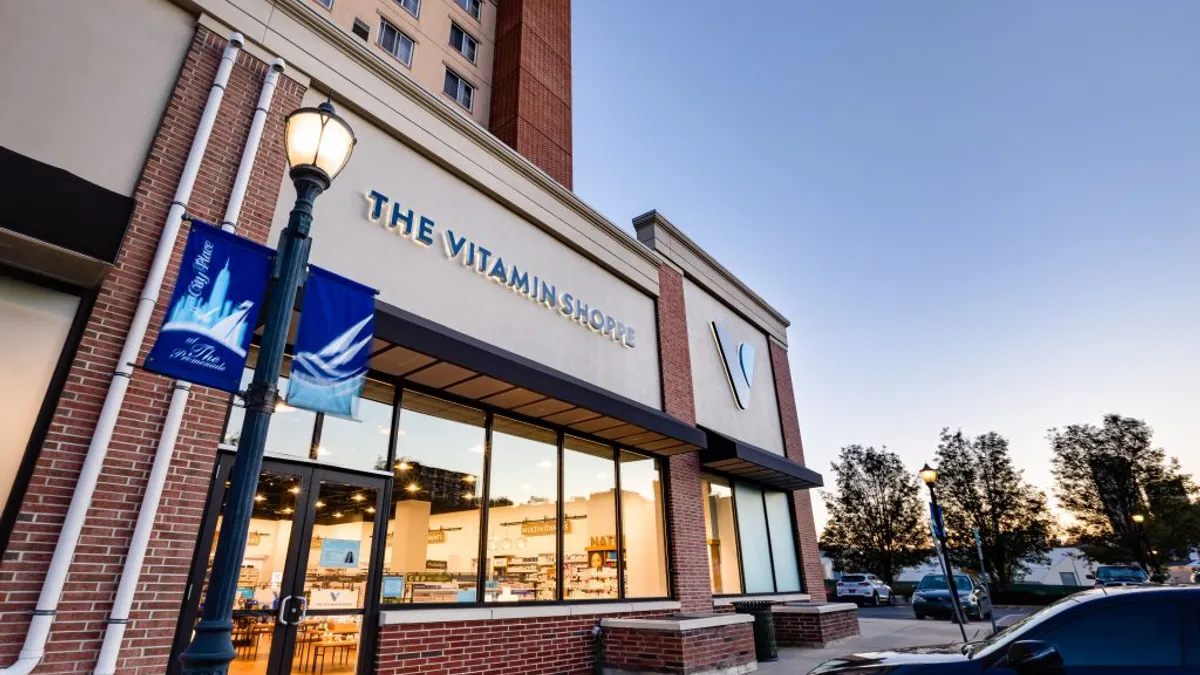The holiday shopping season — like most other things in retail this year — won't look the same in 2020.
Consumers relied heavily on e-commerce as nonessential retailers temporarily shut their doors toward the beginning of the pandemic. According to a Gartner survey, 46% of consumers increased how frequently they purchased online between March and May, while at the same time, 63% of respondents decreased their frequency of shopping in stores.
But momentum hasn't slowed down in the months since retailers have reopened, and analysts expect the channel to be more important than ever in the coming months. EMarketer projects sales from e-commerce to grow 13.9% to $157 billion during the holidays, while Deloitte earlier this month pegged digital sales growth during the period at somewhere between 25% and 35% year over year, generating between $182 billion and $196 billion.
Traditional brick-and-mortar retailers, which leaned heavily on their stores in holiday seasons past, will look to their digital channels more this year. But for direct-to-consumer brands and smaller retailers that before the pandemic already faced troubles related to acquiring customers online, more challenges lie ahead this holiday season.
"The mammoths that have already figured it out — Walmart, Costco, Amazon, etc. — they'll excel. They'll have great holidays," Michael Felice, principal in the consumer practice at Kearney, told Retail Dive. "Those retailers that don't figure it out, even traditional brick-and-mortars, I mean, they're not going to give up on this holiday ... but if they swing and they miss, you're going to see a lot of bankruptcies coming out first quarter of next year."
Existing problems, heightened
Even before COVID-19 accelerated the shift to e-commerce, the online space had increasingly become saturated with competition, making it difficult to acquire customers. Direct-to-consumer brands in turn had to shovel massive amounts of money into their advertising and marketing.
Chewy spent $122.4 million on advertising in the second quarter, or more than 7% of its total revenue, from $110.8 million in the year-ago period. Casper spent $33.2 million on advertising in the second quarter, which actually declined 16.7% from the prior year when it spent $39.8 million. Despite this, marketing costs still represented roughly 30% of the DTC mattress brand's revenue.
The efforts appeared to have paid off: Chewy reported active customers grew to 16.6 million, a 37.9% increase year over year, while Casper's Chief Commercial Officer Emilie Arel said on an earnings call with investors the brand saw a lot of new customers expanding into different categories during the quarter.
But the growth, oftentimes, comes at the expense of profit. Looking again at Chewy and Casper as examples, they reported net losses of $32.8 million and $24.2 million, respectively.
"More of a specific niche play is going to have to be implemented by some of these direct-to-consumer brands, where previously they were able to use audience targeting on Facebook and Instagram," Zach Weinberg, a director at Gartner for Marketers, said. "Those costs have now become high enough that those channels are becoming cost prohibitive, so focusing more narrowly on the right consumers may be a strategy that they could try to execute against [that.]"
However, while the pandemic shook different aspects of the entire retail industry, lowered media ad rates and more organic website traffic as a result of consumers turning to online shopping more actually helped alleviate some pressure for direct-to-consumer brands. At the same time, traditional retailers pulled back on some marketing for the back half of the year, Felice said.
But heading into the holiday season, he doesn't expect those trends to remain the same. Traditionally, brick-and-mortar retailers had store teams dedicated to in-person, point-of-sale-style marketing, but Felice warns that "you'll see some pullback on that, [and a] push more into competitive online, which will put pressure on the customer acquisition costs for DTCs."
According to a Cowen report from Sept. 17, Macy's acquired 4 million new online customers in the second quarter, while Target added 10 million new digital shoppers during the first half of the year, indicating that already these traditional retailers are heating up the competition online.
How can DTCs compete with more seasoned retailers?
Traditional retailers with a brick-and-mortar presence can leverage those stores as fulfillment centers even when consumers shop online by offering in-store pickup, curbside pickup or integrating other technology.
Lowe's just last week announced it will install pickup lockers at stores in most major metro markets by this Thanksgiving in response to heightened demand it's experienced in recent months. And Target on Thursday said that demand for its same-day fulfillment options — which include Pick Up, Drive Up and Shipt — quadrupled in the first half of 2020.
"The returns on the back end are really going to make or break this holiday for DTC players."

Michael Felice
Principal, Kearney
Direct-to-consumer brands need to really focus on nailing down their logistics this holiday, including shipping products so that they arrive on time and making sure items are in stock, according to Adlucent's Senior Director of Strategy John Liu.
But possibly more important than making sure delivery goes smoothly, is ensuring reverse logistics are taken into account.
"The returns on the back end are really going to make or break this holiday for DTC players," Felice said.
To deal with this, Felice suggests retailers adopt a registry-like system to allow consumers to express what they want to be gifted this year. "You know, I didn't see you during Thanksgiving or the holidays. I don't know what you want. I really want to personalize something, but I don't want to get something you're going to return."
He also highlighted the value in forming partnerships to help customers make returns, while also driving foot traffic to stores, pointing to the Kohl's and Amazon partnership formed last year.
In speaking to a panel at the National Retail Federation's Big Show in January, Kohl's CEO Michelle Gass said, "Amazon is working, this returns program is working. We're seeing the traffic, we're getting the customer, we're getting a younger customer. To what we expected, some of them are buying, you're not getting 100%, but some of them are buying."
But having a direct-to-consumer return location within a brick-and-mortar retailer, similar to how Rent the Runway stations its drop boxes within select Nordstrom stores, may help alleviate some of the headaches associated with those returns that do occur.
DTC brands, historically, have also been known for creating a "community" with their customer bases, which heading into these crucial selling months, is something these companies should lean more into.
"Their bread and butter is the brand building part," Weinberg said. "That's really where they have the advantage and they very clearly have a leg up when it comes to some of the broader retailers or the big-box retailers that carry multiple different brands."
But the holiday season does tend to be a higher promotional period in retail. And while many DTCs have long avoided sales, even those standards appear to be altered by the pandemic, as evidenced by luggage brand Away's first-ever sale earlier this month. So when those sales do inevitably come, Liu warns brands to spread their marketing throughout the season rather than focusing on the days that were seen as key in the past, like Black Friday or Cyber Monday.
Larger chains have, to an extent, canceled Black Friday this year. Target and Home Depot announced plans to start rolling out special deals beginning in October and Amazon on Monday announced its annual Prime Day, which was delayed from its usual July date, to mid-October.
"By being more active throughout the quarter, you'll be able to be more competitive by going less head to head against the competition," Liu said.
Experts expect to see paid search, social shopping and marketing, and TV being utilized this season, though they predict the latter to be used to a lesser extent as more consumers — especially in younger cohorts that many DTC brands try to connect with — move away from traditional mediums like television and toward streaming platforms.
And while this holiday season may be more challenging from increased competition online, brands need to continue to put their best foot forward in trying to win customers because the holiday period remains a critical time for discovering new products and businesses for consumers looking to buy gifts.
"When you try to compete with Walmart and Costco, you fail. You cannot ship on their scale, you cannot price at their scale," Felice said. "So you have to differentiate yourself in a different manner. Those that have already built a solid engagement platform with their consumers should lean into that deeper. Connect into their social, connect into their community, and really lean into that."





















